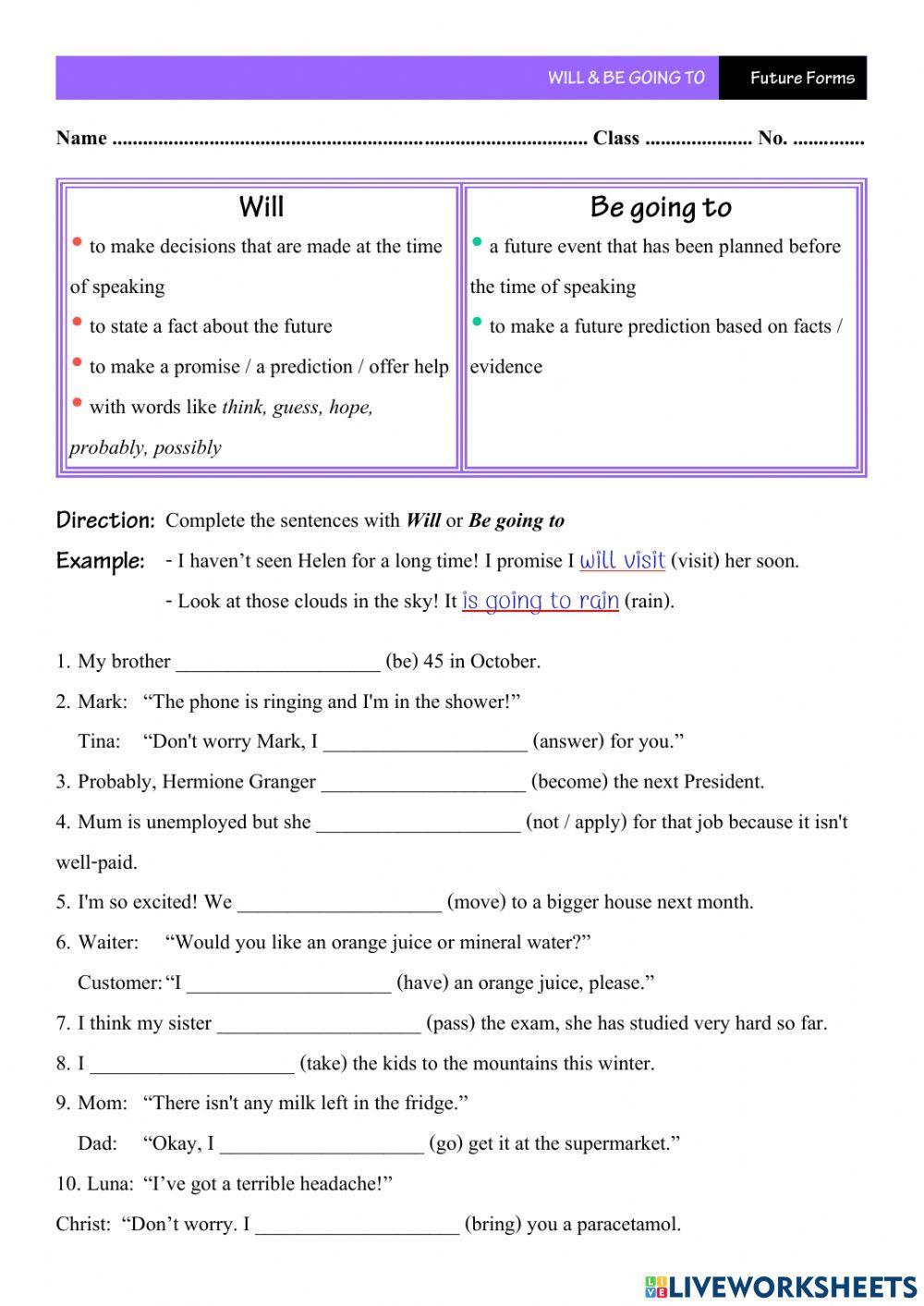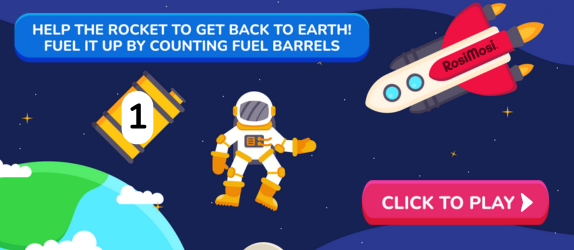-
English language
-
Future Forms
-
Age 12+
-
level: Pre-intermediate
-
English
Author's Instructions
Complete the sentences with Will or Be going to
-
English language
-
Future Forms
-
Age 12+
-
level: Pre-intermediate
-
English
Author's Instructions
Complete the sentences with Will or Be going to












